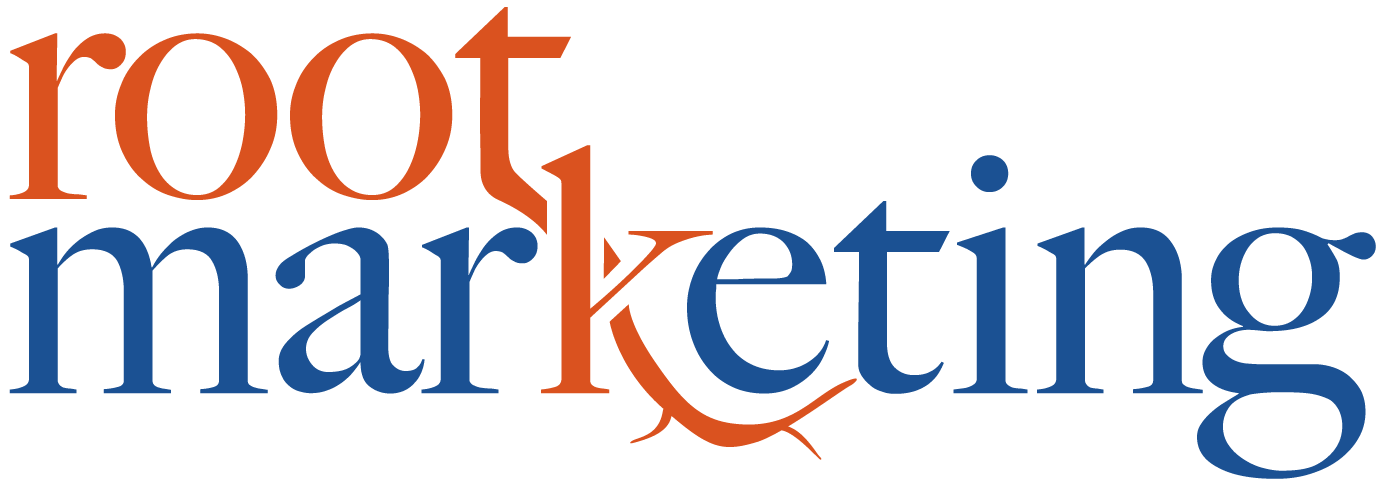The Power of Three: How the Rule of 3 Can Transform Your Communication
Do you know what to do if you ever catch on fire? I do.
Stop.
Drop.
Roll.
How do I know that? Because I vividly remember these three steps from a Fire Prevention Week training I attended in the first grade at Beech Street School.
Seeing real-life firemen demonstrate Stop, Drop, & Roll in Mrs. Moore’s classroom remains one of my most impactful educational experiences ever.
Thankfully, I’ve never actually been on fire. So, why does this three-step process still roll off my tongue? It’s the rule of 3.
Without getting too scientifical, 3 is the smallest number of things required to create a pattern. And, since we process information through pattern recognition, our brains view sets of 3 as complete, so they stick in our heads better.
It’s why we all remember to dial 911 in an emergency. It’s also why we can recite Goldilocks and the Three Bears and The Three Little Pigs on demand.
Aside from impressing friends and colleagues with this interesting piece of trivia, why should you care about the rule of 3?
Because you can use it to your benefit.
The rule of 3 is a powerful tool for communication. It's a simple yet effective way to convey information, make a point, and create memorable messages. Whether you're crafting marketing materials, giving a presentation, or explaining the benefits of your product or service, the rule of 3 can be your secret weapon for getting your message across.
1. Share the main benefits of your product or service
When it comes to marketing your product or service, the rule of 3 can help you highlight key advantages. Start by identifying the three most important benefits your offering provides. These could be saving time, increasing efficiency, or improving quality. By presenting these benefits in a group of three, you make it easier for your audience to digest and remember them.
For example, if you're selling a productivity software, your three main benefits could be:
Boost productivity
Streamline workflow
Enhance collaboration
By presenting these benefits in a triad, you create a clear and concise message that sticks with your potential customers.
2. Differentiate yourself from the competition
In a crowded marketplace, setting yourself apart from the competition is crucial. The rule of 3 can help you do just that. Identify three unique selling points or features that make your product or service stand out. These could be your exceptional customer service, innovative technology, or unbeatable pricing.
For instance, if you're in the fitness industry, your differentiators might be:
Personalized training plans
Certified and experienced trainers
State-of-the-art equipment
By showcasing these three distinct advantages, you not only make your brand more memorable but also help potential customers understand why they should choose you over competitors.
3. Paint the picture of what working with you looks like in 3 steps
When prospective clients or customers consider working with you, they want to know what the process will be like. You can use the rule of 3 to outline the steps they'll take when engaging with your business.
For example, if you're a business consultant, your three steps might be:
Book a call
Get a customized strategy
Grow your business
By breaking down the process into three clear stages, you provide a roadmap that simplifies a prospect’s decision-making process. It makes it easier for them to envision the journey and feel confident in taking the first step.
The rule of 3 can be used when creating all types of content, from website copy to keynote talks. It's a proven technique that appeals to our cognitive processes. So, whether you're crafting a marketing campaign, giving a presentation, or telling a story, remember the power of three. It's a simple formula that can make your message more engaging, memorable, and effective.
As you can see, the rule of 3 is more than just a handy memory aid for fire safety. It's a fundamental principle of communication that can elevate your message and make it resonate with your audience. So, the next time you want to convey information, persuade, or inspire, think in threes and watch your message catch fire in the minds of your listeners. See what I did there?
